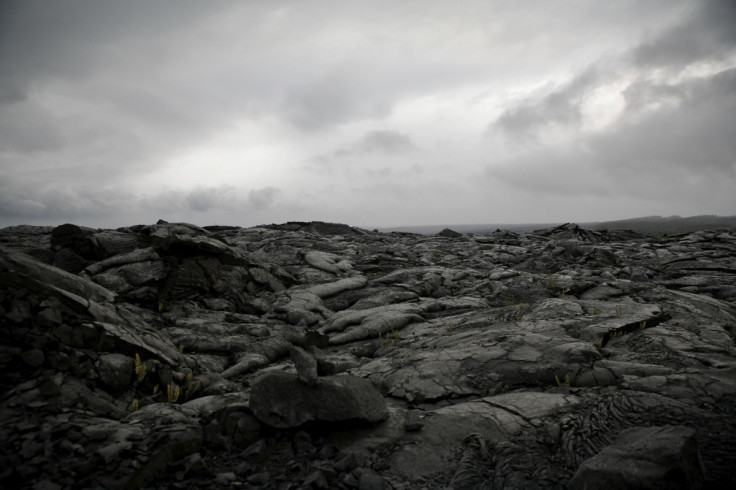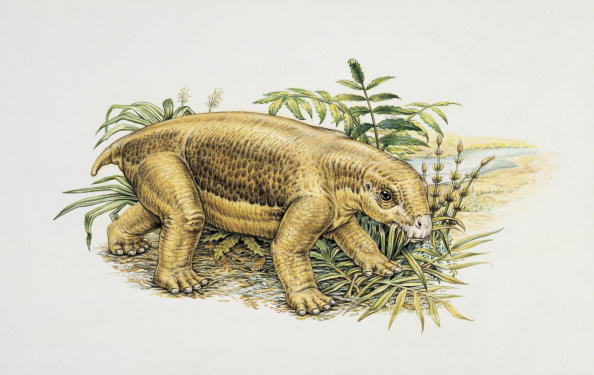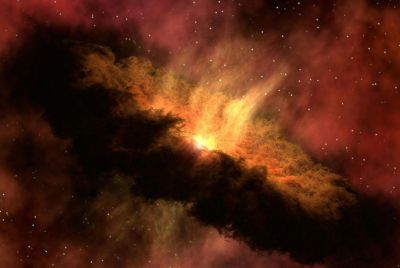Mass extinctions: 'Live fast, die young' strategy helped some species survive Great Dying

To survive the mass extinction that occurred 252 million years ago, an ancient group of animals resorted to a "live fast, die young" strategy, palaeontologists say. The lystrosaurus significantly changed its development, to insure the long-term reproduction of the species.
The Permo-Triassic Mass Extinction, or Great Dying, was the most catastrophic extinction of the Phanerozoic eon (from 542 millions years ago to present). The eruption of Siberian volcanoes led to the death of 80-96% of all marine species and 70% of all terrestrial species on Earth. It took five million years for ecosystems to fully recover. However, some surviving species did thrive in that post-apocalyptic aftermath.
Publishing in Scientific Reports, the team of scientists, from the Field Museum in Chicago, says it has found an explanation to this phenomenon. Their "survivorship model" suggests that a combination of early reproduction and short life expectancy became key for some animals to survive.
Body size and bone micro-structure
A group of ancient mammals, known as therapsids, appeared particularly well suited to the drastic climate change and the hostile environment which resulted from Earth mass extinction. The scientists studied Lystrosaurus, a type of therapsid.
They looked at Lystrosaurus' body size distributions and bone histology before and after the extinction event. This analysis produced evidence of shorter life spans than their ancestors who had lived before the eruption. Though they have not found concrete behavioural or physical proof of early reproduction, the scientists also believe that these mammals bred younger than their predecessors.

"Before the Permo-Triassic extinction, the therapsid Lystrosaurus had a life span of about 13 or 14 years based on the record of growth preserved in their bones," said co-author Ken Angielczyk. "Yet, nearly all of the Lystrosaurus specimens we find from after the extinction are only two to three years old. This implies that they must have been breeding when they were still juveniles themselves."
Shortened life, shortened development
Overall, the study's results indicate a reduction in life expectancies, higher mortality rates and higher extinction risks amongst post-extinction Lystrosaurus species.
Additionally, the scientists'analysis reveal that before the mass extinction, Lystrosaurus could reach up to a couple meters long, and weighted of about hundreds of pounds. Post-extinction, its size dropped significantly, which suggests that on top of a shortened life-span, the animal went through alterations to his development.

According to the scientists, this strategy nevertheless paid off. Ecological simulations show that by reproducing younger, Lystrosaurus boosted its chance of survival by as much as 40%, in the hostile and extreme environment of a post-extinction world.
© Copyright IBTimes 2025. All rights reserved.



















